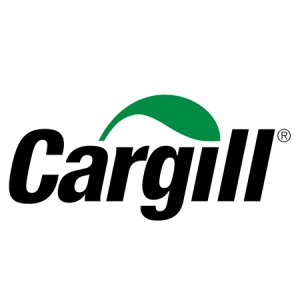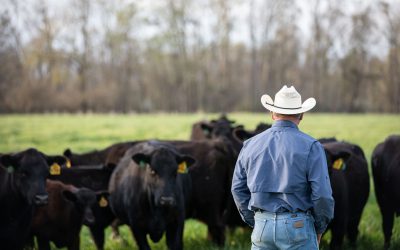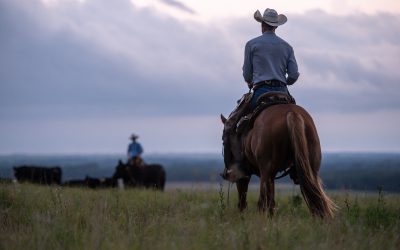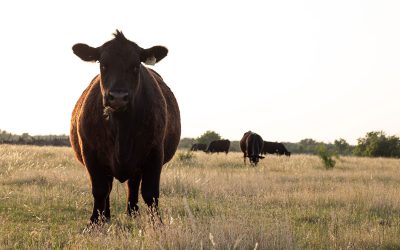
Nice to Meat Ya: Mike Martin
In his more than 30 years as a communications professional, Mike Martin has worked all over the country, serving industries ranging from rail transportation to popular beverage makers. They’ve all been large, complex and profitable companies — and he’s been the one to lead media relations, image and reputation management and crisis communications for each one.
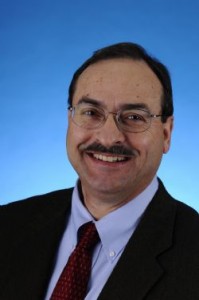
Those businesses employ more than 33,000 people in the U.S. and Canada, with more than 65 processing plants, feed mills, hatcheries, distribution centers, feedlots, sow farms, breeder flocks and research and development centers.
“In this profession, a lot of time is spent playing defense, although I prefer to play offense as often as possible,” Mike says. “Playing offense gives our industry — meat production to feed people — opportunities to provide greater transparency to a variety of important stakeholders by telling our story about what we do, how we do it and why it’s important. We have much to be proud of because we produce high-quality, delicious, nutritious, wholesome beef for a hungry world.”
We establish quickly in our conversation that there’s no typical day for Mike. (After all, we’re talking about Cargill. The company that let Oprah and all of her cameras in their Fort Morgan, Colo., packing plant in 2011. Talk about transparency!)
“On any given day I am prepared to call an audible and turn my attention from one topic to another as priority and urgency require,” he says.
One daily theme, though? Working with the media. It’s a constant for someone like Mike.
“That definitely presents its own set of opportunities and challenges,” he says. “Although some people fear or loathe the media, I have always felt they are simply doing a job. To the degree that we can assist them in doing it, our story is better told.”
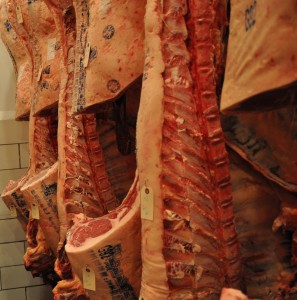
“Winning,” he says, without hesitation. “That may sound arrogant and, perhaps it is, at least a bit. To me, winning means providing superior external communications support.
“Promoting what they do in a way that results in favorable media coverage is gratifying, because the news media is a primary conduit to consumers, and consumers buy our products. To me, winning means telling our story and lifting the veil of mystery from the meat industry, especially beef, which is the largest of our animal protein businesses.”
PS–Catch up on this whole series with these links:
- Day 1: Ashley Pado
- Day 2: Scott Redden
- Day 3: Jesse Stucky
- Day 4: Bridget Wasser
- Day 5: Amanda Barstow
- Day 6: Josh Moore
- Day 7: Ruth Ammon
- Day 8: Bill Tackett
- Day 9: Dan Chase
- Day 10: Danielle Foster
- Day 11: Eric Mihaly
- Day 12: Jennifer Kiko
- Day 13: Mark Morgan
- Day 14: Meg and Matt Groves
- Day 15: Rod Kamph
- Day 16: Jonnie Schreffler
- Day 17: Brent Eichar
- Day 18: Alberto Diaz
- Day 19: Larry Kuehn
- Day 20: Bob Boliantz
- Day 21: David Livingston
- Day 22: Danny Harris
- Day 23: Tony Biggs
- Day 24: George Falb
- Day 25: Liz Wunderlich
- Day 26: Josh Comninellis
You may also like
Progress from small steps
Every day is a chance to learn and get better. Thousands of others like my new friends in Alabama are taking steps to meet the shifts in consumer demand, and to know more. Small steps in the right direction can start now. Even if it’s just recording a snapshot of where you are today, a benchmark for tomorrow.
Not perfect, but working to get better
The CAB Cattleman Connection team heard its name called more than once in the virtual ceremonies, and each time came a sense of personal accomplishment, but even better: confirmation that we’re getting better at our craft. I hope that means we’re doing a better job for you.
Beefed up findings
Frank Mitloehner presents his findings on the animal ag sector’s impact on global warming. He explains how cattle counterbalance other fossil fuel sectors, proving that cattle are a solution and not a threat.

